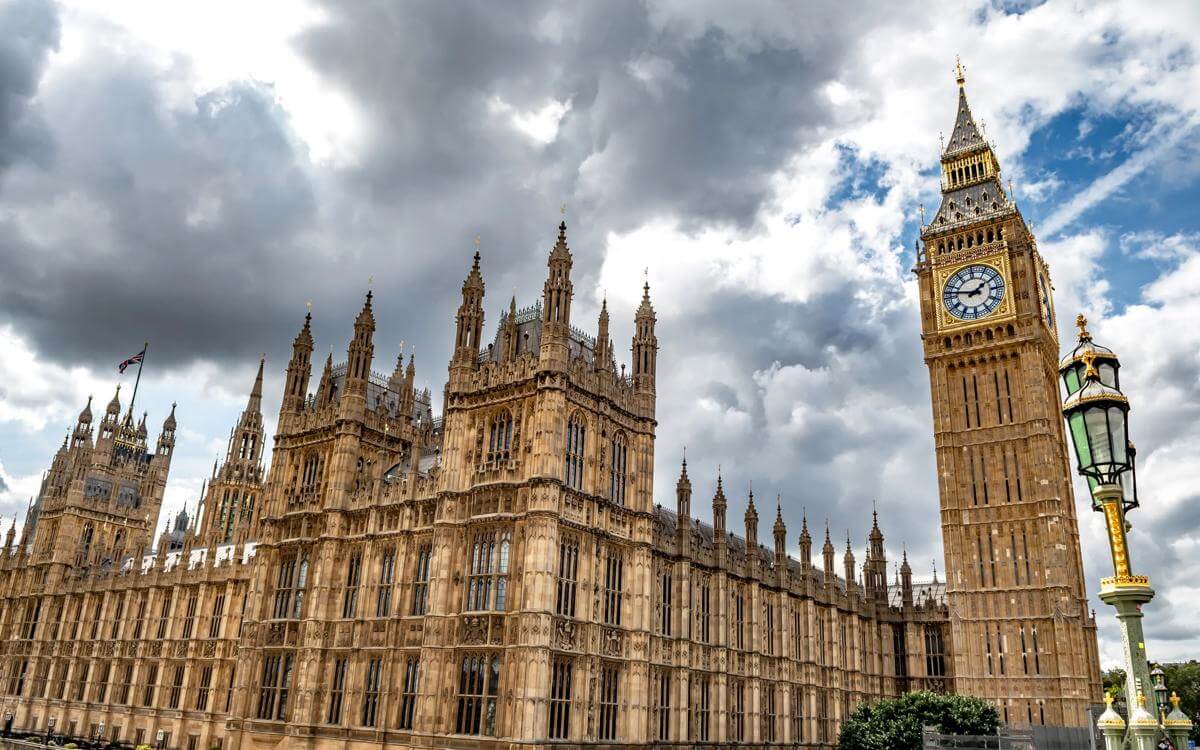Discount rate remains negative
The much anticipated revision of the discount rate has arrived with the Lord Chancellor, David Gauke, announcing that it will be fixed at -0.25%.
The much anticipated revision of the discount rate has arrived with the Lord Chancellor, David Gauke, announcing that it will be fixed at -0.25%. Although this is a shift from the decision in early 2017 of the then Lord Chancellor, Elizabeth Truss, to set the rate at -0.75%, it remains some distance from the 2.5% rate that was in place prior to 2017 and falls short of the expectations of those who predicted the rate might be closer to 1%. For many compensators the adjustment has not gone far enough.
Whilst we await the detail of the Lord Chancellor’s rationale (a statement of reasons is to follow), seemingly the requirement to treat claimants as ‘low risk’ investors influenced the decision, with the move towards an assumption that claimants will invest in a ‘diversified portfolio of investments’ not having the impact that had been anticipated.
However, whether the approach of the Lord Chancellor in setting the rate reflects the reality of how claimants invest their damages or in fact represents a windfall for many claimants, is for the time being a moot point. There will be the opportunity to scrutinise the analysis that was undertaken when reaching the decision and for further consultation within the five year cycle for review of the rate, but for now there is certainty following a period of significant uncertainty.
It will be necessary for defendants to revisit settlement offers made having regard to the previous rate, which may now over-compensate the claimant. Decisions will need to be made on whether to withdraw offers, or alternatively seek to vary them to reflect the rate change so as to maintain cost protection. Where there are impending settlement meetings or trials, it will be necessary to reflect urgently on strategy and settlement parameters in light of the change. We will undoubtedly see a flurry of activity on the part of both claimants and defendants involved in cases which include claims for future losses.
Looking ahead, we await with interest the Lord Chancellor’s statement of reasons and any indication of the likely direction of travel in the future. The option of dual rates was acknowledged by the Lord Chancellor, which would involve a lower short term rate, followed by a higher long term rate after a ‘switchover’ period (as has been adopted in Jersey). Whilst it was considered there is currently a “lack of quantity and depth of evidence required to adopt a dual rate”, the potential for a move towards a dual rate is to be considered in subsequent reviews and the fact that it is specifically referenced is perhaps a sign of what is to come.









































